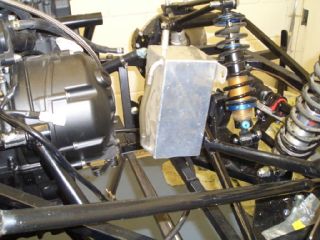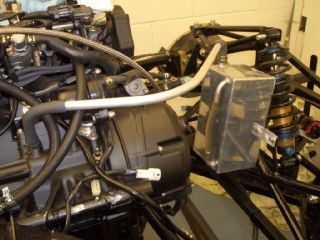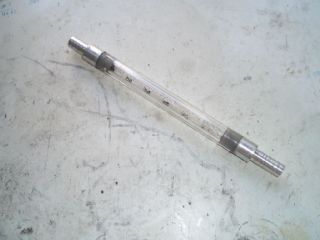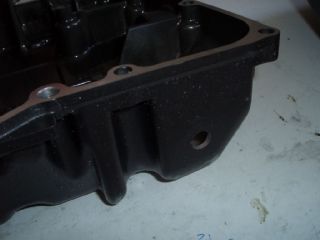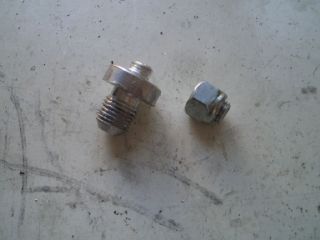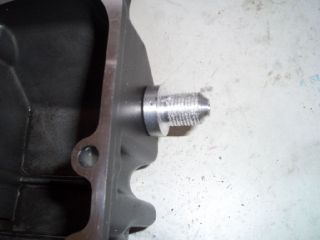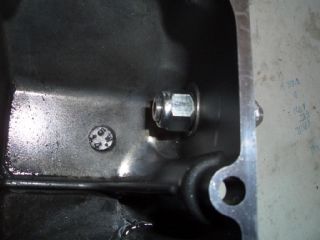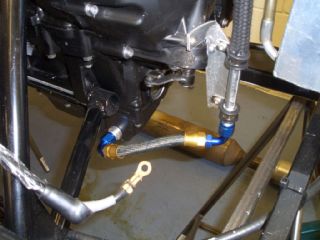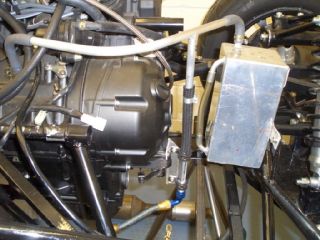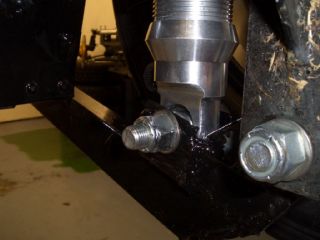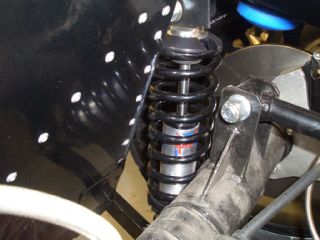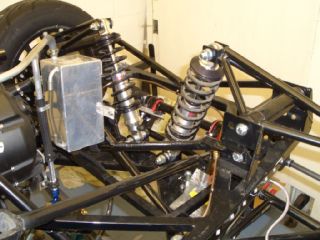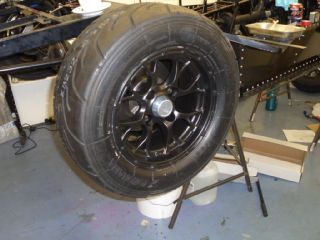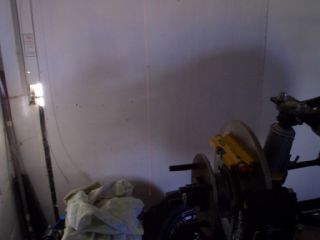
However, one of the relatively few components from the Furybird to make it onto the 'Racer is this suspension cross-brace. The Fury chassis isn't particularly rigid torsionally, largely because the top chassis members along the sides of the chassis are relatively low to allow for doors on the classic Fury bodyshell. This means that the triangles formed within the side panels are relatively slender and, hence, not all that stiff.
I've no idea whether or not this cross-brace actually makes any difference - in theory it should, and it weights precious little since it's made of 18g 3/4" tubing. Strangely, although it fitted the Furybird exactly, one of the mounting eyes needed changing quite a lot for it to fit the suspension (supposedly in exactly the same relative dimensions) of the FuryRacer. I can't be bothered to rant on this point though, it's just too predictable to be worth the effort...

